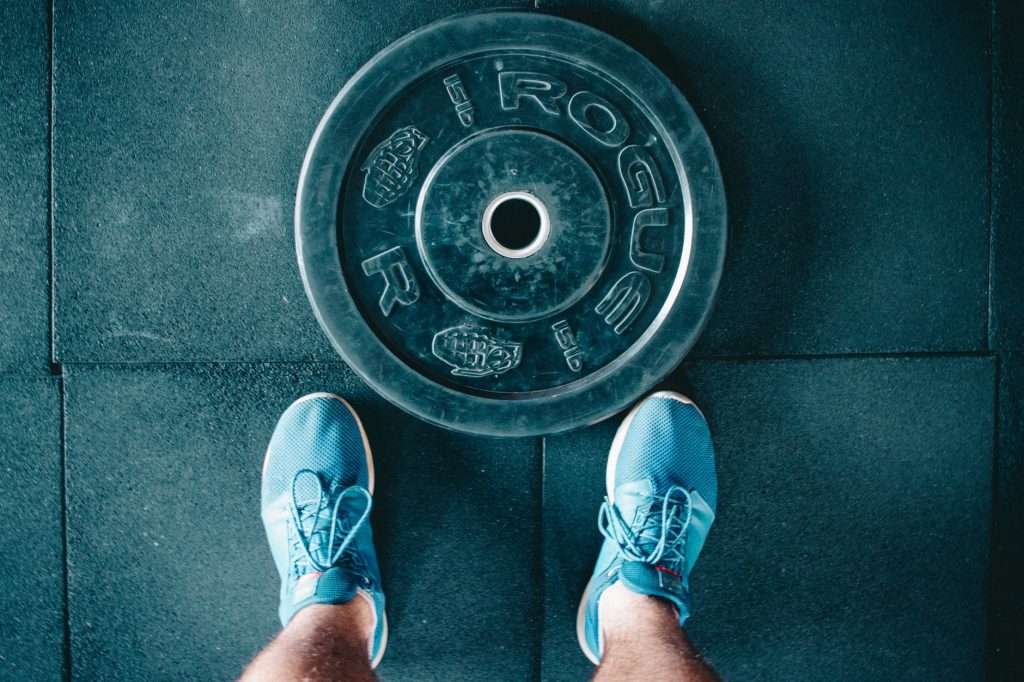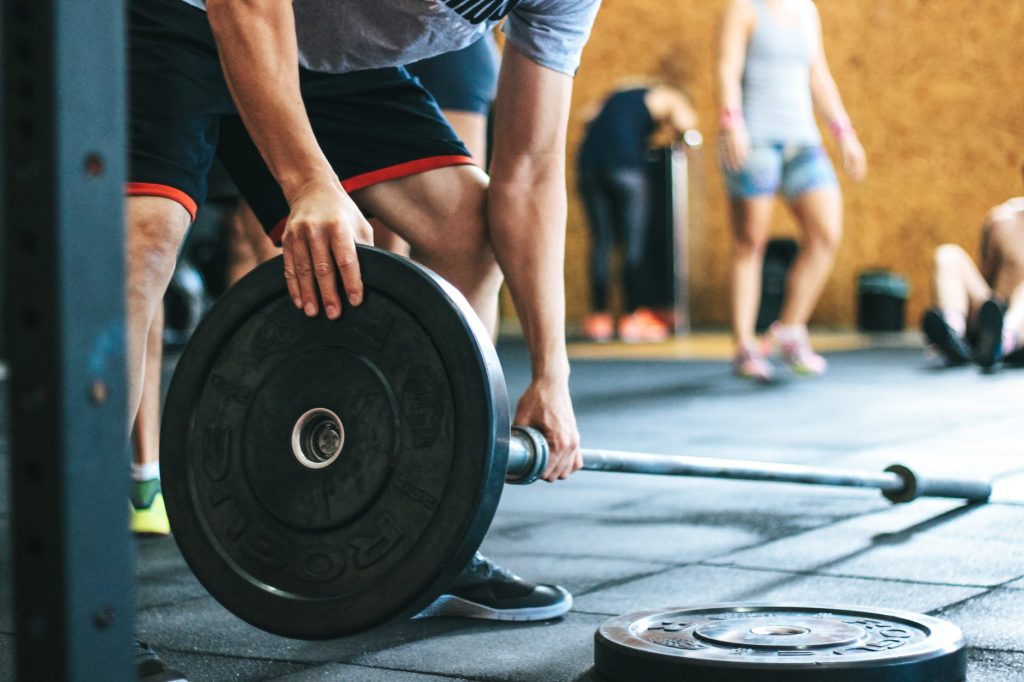Let’s imagine that you’re deadlifting. If you’re training with us at Ruthless Performance, you’ll likely do 1-2 sets of 10 reps with an empty barbell before adding weight; for intermediate-level athletes we’ll do 1-2 sets of normal barbell deadlifts. For more advanced trainees it may be a set of Jefferson Deadlifts followed by a set of Unilateral (1-foot) Barbell Deadlifts per leg. Then you add weight for your first set, perhaps 135 for your first set of 6 reps. If we’re adding all of the pounds moved together to get total volume, at this point we’re sitting at a training volume of 1,710 lbs.

45 lb. barbell for x20 reps = 900 lb.
135 lb. x 6 = 810 lb.
900 lb. + 810 = 1,710 lb.
Imagine you follow this set with another set of 6 reps, but this time at 185 lb.
6 reps x 185 lb. = 1,110 lb.
Your new total training volume for this deadlift workout is 2,820 lb. (movement prep work notwithstanding).
Now your imaginary third and fourth work sets are at 225.
12 reps x 225 = 2,700 lb.
In this hypothetical deadlift set, you’ve managed to accumulated a total volume of 5,520 lb.. This is a number that may seem impressive to many. But enter the concept of hidden volume:
Hidden Volume is work done in the gym that isn’t explicitly assigned as a task but is inherent to the task itself.

When you unracked a barbell and taken it to the training floor, you’ve added an additional 45 lb of training volume.
As you added 45 lb. plates to the barbell to perform the first set, you’ve done 90 additional pounds of work.
For the second set, you’ve done another 50 lb.. To get to 225, however, you likely put the 25’s back and brought over another set of 45s.
In the very act of setting up and tearing down the barbell for the exercise, you’ve accumulated an additional 550 lb. of volume.
This is 550 pounds of work used to improve your grip strength, rotator cuff function, and I’d even argue your proprioception, as you navigate cluttered weight rooms under load. And this is just the first exercise of the day. Consider the weight you’re adding for all subsequent exercises and sets. Hidden volume can easily make up 30-40% of your total training volume on a given day.
This volume can be easily missed if you train in a group, with a very polite trainer, or rely heavily on weight towers for the majority of your exercises. The key is to be aware of the value that hidden volume provides and ensure that you aren’t missing out on such an easy opportunity to improve your strength and work capacity.

